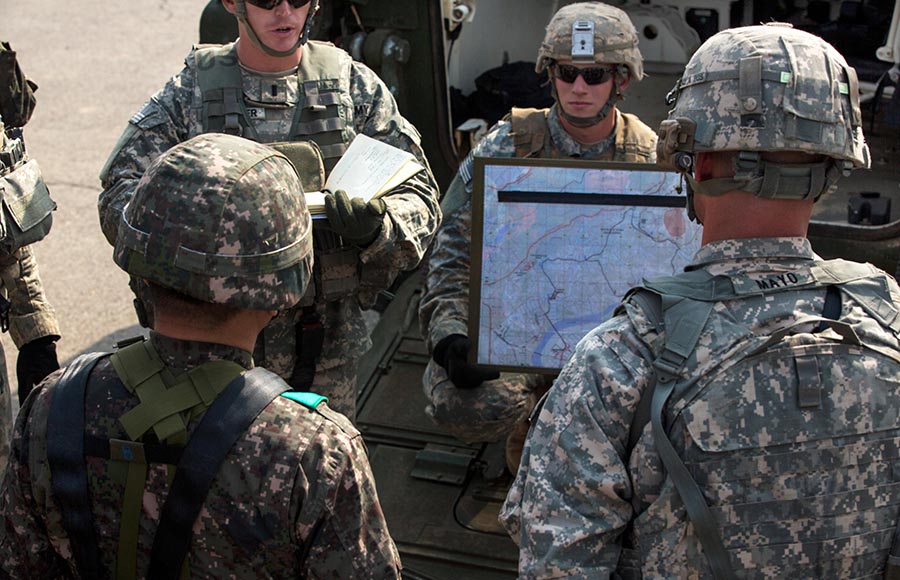This post is also available in:
 עברית (Hebrew)
עברית (Hebrew)
In the defense and homeland security fields, the term Geospatial Intelligence (GEOINT) is typically used for the capability of monitoring, predicting and countering threats, while helping strategize and support various field operations. It deals in fact with the exploitation and analysis of satellite imagery and other forms of earth observation data to describe, assess, and visually depict physical features and geographically referenced activities on the earth.
The ongoing digital revolution and advancements in satellite and earth observation technologies, combined with UAVs and sensors have brought about new defense and intelligence capabilities.
The US National Geospatial Intelligence Agency (NGA) has set a goal to automate 75% of functions within five years, and is incorporating artificial intelligence, augmentation into the way it achieves its mission.
Geospatialworld.net picked the six top GEOINT trends that will dominate the industry in coming years:
AI and automation – With satellites and other sensors collecting millions of data points, there is a dire need for adopting AI and automation technologies to handle the persistent imagery environment.
Social media and mobile data – With the convergence of new sensors and social analytics, it is possible for defense organizations to access multi-source data for enhanced decision-making. As more terrorist/criminal organizations take to social networks like Twitter and Facebook to communicate their efforts, defense and intelligence organizations have been using the right data analytic tools for mining this data to gain a better operational picture of enemy activity.
Analytics-as-a-Service – To unlock the full potential of geospatial data, the GEOINT community needs to adopt Geodata Analytics-as-a-Service. This means to create analysis-as-a-service through which consumers will primarily purchase information derived from imagery and other sources and not purchase the raw data sources.
Cloud Computing – As more location-based data is collected, it is becoming more and more difficult for individuals and organizations to keep all of their vital information, programs, and systems up and running on in-house computer servers. The need for Cloud and interoperable analysis solutions seems to be growing.
Short shelf life of technologies – Defense and intel organizations wanting to keep on top of the technology curve. With little need for off-the-shelf geospatial solutions, the days of multi-billion dollar defense contract are changing, and the government is now more prone to purchase customized and cost-effective solutions.
Cultural Differences – With terrorist/criminal activities rising, it is becoming paramount for defense and intelligence communities to learn how humans impact their environments and vice versa; how often cultural norms differ in relation to various environments. This will also enable the GEOINT community to effectively use technology to capture, manage and analyze geographic information that supports leaders in making informed decisions in complex environments.


























